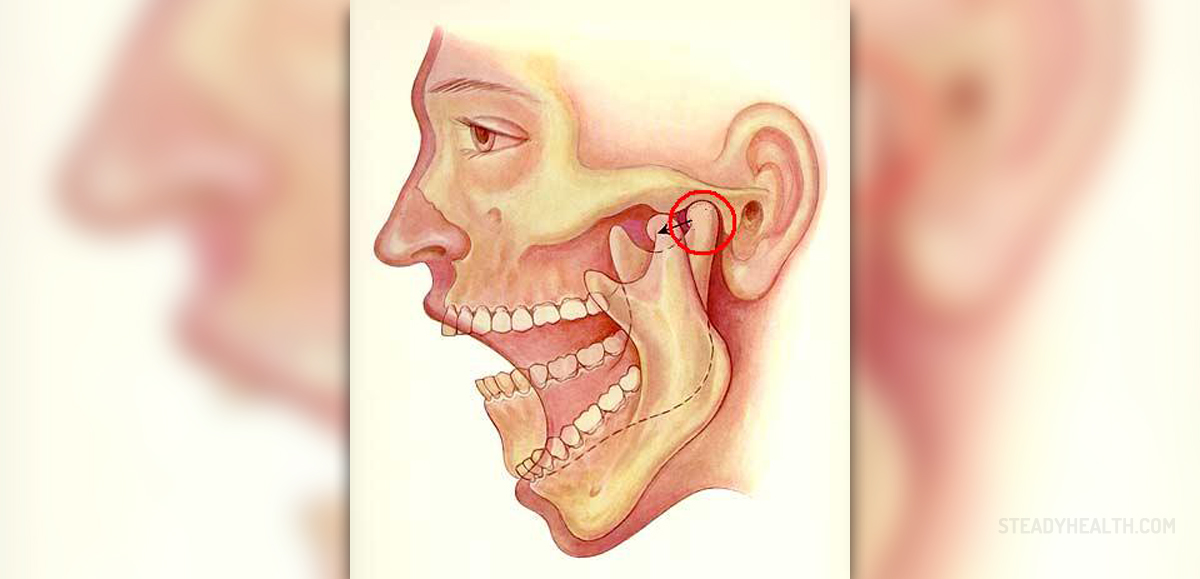
Information on Jaw Joint Dysfunction
This medical condition is pretty much common but it should be treated as soon as possible because it causes facial pain, headaches and jaw clicking and it may also lead to certain other serious medical conditions and complications. The jaw joints are located at the area where the lower jaw bone gets connected to the skull.
The joint is medically referred to as the temporomandibular joint. Its primary function is to make the opening and the closing of the mouth possible and it allows the mouth to move backwards, forwards and sideways. The joint is surrounded by the capsule which is made of the lateral ligament. The fibrous tissue between the two bones allows a smooth movement.
Any problem with the numerous bones, muscles, ligaments and discs in the jaw joint can lead to the rather painful condition known as the jaw joint dysfunction.
The symptoms of this painful condition may include painful sensations around the ear, neck and cheek bone. Other symptoms may include headaches, changes in the way the tooth fit together, clicking noises, mouth stiffness, jaw locking, and cracking noises in the jaw. Stressful situations, yawning and chewing usually worsen all of the aforementioned symptoms.
Causes of Jaw Joint Dysfunction
Jaw joint dysfunction is commonly caused by myofacial pain as well as nighttime bruxism, nail biting, stressful situations and numerous different types of injuries. Internal derangement involves misalignment of the jaw and the skull and it causes the joint to become dysfunctional. This condition may be triggered by a dislocated jaw, joint injuries or a misplaced articular disc which is located in the jaw joint.
Joint degeneration may be triggered by arthritis or by some kind of physical injury and it can also cause the jaw joint to become dysfunctional. Injuries may be jaw knocks, dental treatment and overstretching caused by yawning. Clicking in the jaw joint is usually triggered by a misplaced cartilage disc which is located in the joint itself. The jaw can sometimes get locked.
Diagnosis and Treatment
This medical condition can be diagnosed by a dentist after determining the symptoms along with the full medical and dental history of the patient. The process requires a thorough check of the jaw and the teeth.
Treatment usually requires exercises, heating pads and plenty of relaxation, but it usually largely depends on the causes of the individual cases of the condition. Painkillers such as paracetamol may come in handy. Severe cases may involve bite splints and surgical interventions.


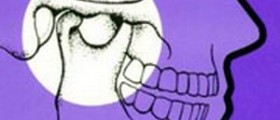
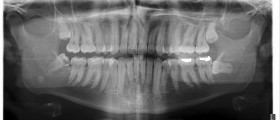



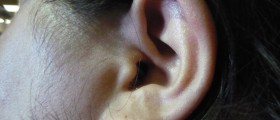


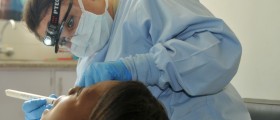


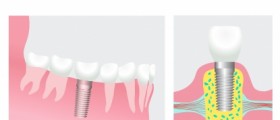
_f_280x120.jpg)

Your thoughts on this
Loading...